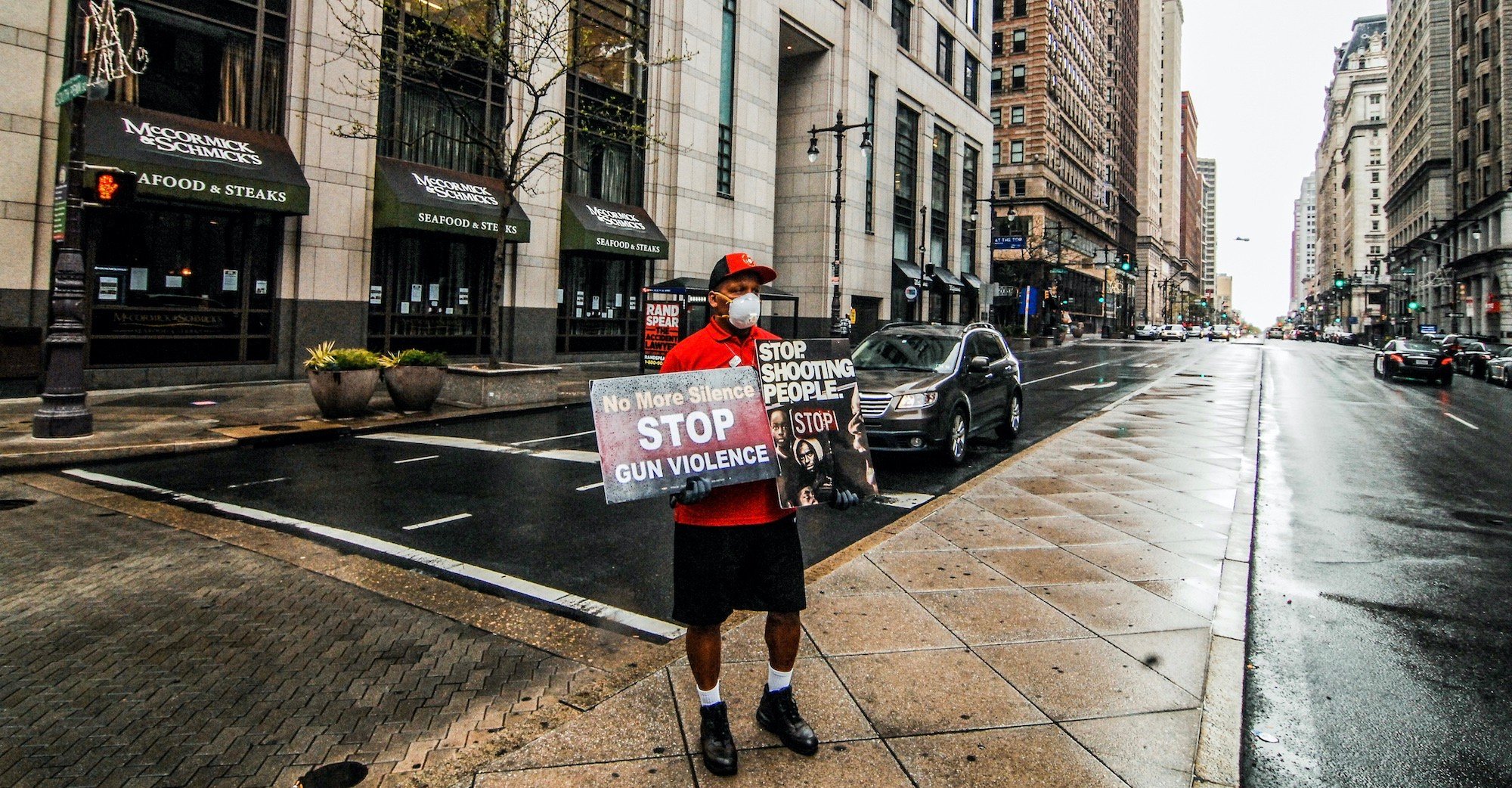

Philadelphia hospitals saw a drop in overall trauma cases once Pennsylvania enacted a COVID-19-related stay-at-home order in 2020, but gun violence remained a significant problem. The proportion of gun violence patients compared to others treated for trauma spiked, and year-to-year numbers for the time period studied showed that 2020 stood out when it came to gun violence. This study, led by researchers in the Perelman School of Medicine at the University of Pennsylvania, was published today ahead of print as an “article in press” on the Journal of the American College of Surgeons‘ website.
“Social disruption resulting from the pandemic and statewide stay-at-home orders deeply affects the balance in urban injury management,” said the study’s senior author, Jose Pascual, MD, PhD, an associate professor of Surgery in Trauma and Surgical Critical Care. “It can also rapidly exacerbate and worsen the existing hidden pandemic of firearm injury in United States cities.”
The researchers – who included first authors Hatem Abdallah and Cindy Zhao, Penn medical students – focused on the time between February 1 and May 30 in their study, taking data from Philadelphia hospitals on trauma admissions from 2015 through 2020. For the 2020 data, they split the time into two periods: February 1 through March 15, the time before the stay-at-home order, and March 16 through May 30, the time during the stay-at-home order.
During the stay-at-home order in 2020, the total number of trauma cases – which included “intentional trauma,” such as shootings, stabbings, and beatings, as well as unintentional trauma, like falls and motor vehicle crashes – stood at 480. Between 2015 and 2019, cases were well over 500 during the same time period. However, there were 110 gunshot victims who were seen as patients during this time in 2020, well above the previous extreme of 90 in 2018.
This difference was also reflected in the ratio of gunshot victims compared to all other trauma victims, too, as gunshot patients accounted for almost 23 percent of the total number of trauma hospitalizations from March 16 to May 30 in 2020. The previous high for that time period was 16 percent in 2018. The other years fell in the 13 and 14 percent range.
Moreover, before the stay-at-home order in 2020, the study showed that there were just 45 gunshot victim cases, amounting for about 12 percent of the total number of trauma cases. An increase in focus on gunshot wounds, which tend to be complex, can be taxing on a hospital and its trauma teams. Pascual, himself, was working at Penn Presbyterian Medical Center during this time and noted the difference.
“It was surreal and sad as well as exhausting because the rest of the hospital and emergency room were empty and we were receiving patients nonstop,” he recalled.
In 2020, trauma cases fell from being roughly half of the caseload pre-COVID to just about 34 percent afterward. This was attributed to a slowdown in fall and motor vehicle crash patients that came to hospitals, which was likely due to a decrease in people moving around and a reluctance to come to hospitals.
Examining the demographic data of patients, people of color were most affected by the increases intentional trauma. Already highly affected by this type of trauma, their overall case share went from almost 70 percent to more than 77. When it came to gun violence, Black patients saw an increase, going from accounting for 18 percent of patients pre-COVID to almost 29 percent during the stay-at-home order.
“The pandemic and the subsequent stay-at-home order exacerbated the existing hidden – yet omnipresent – epidemic of urban gun violence, as young, African-American males were the primary victims we saw,” Pascual said.
With these findings, Pascual and his fellow researchers believe it’s important to prepare for future situations where stay-at-home orders might be issued.
“First, there needs to be public health and law enforcement awareness and preparation,” Pascual said. “We need greater mitigation strategies with greater prepared providers and workers in both realms who have support from federal agencies.”

